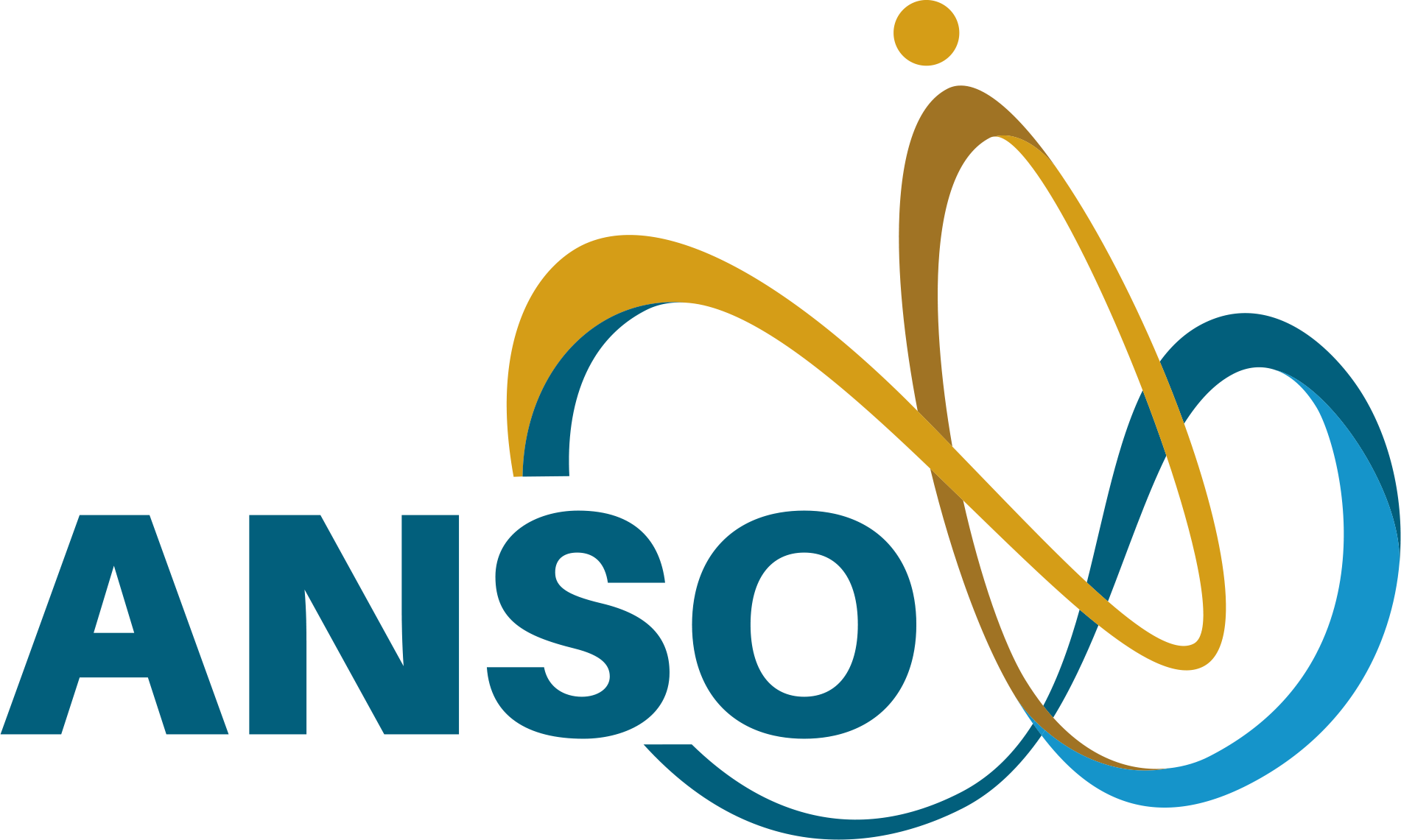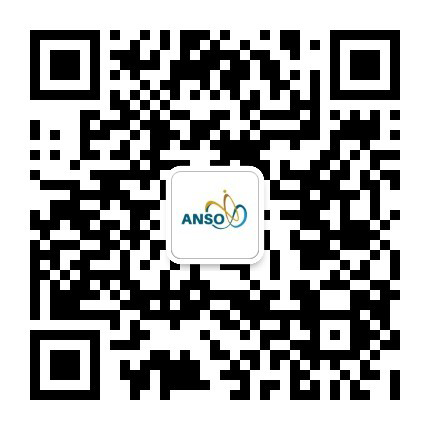Beijing Declaration
To address diverse development challenges and to promote the common prosperity of all nations, Chinese President Xi Jinping in 2013 proposed the Silk Road Economic Belt and the 21st Century Maritime Silk Road. This initiative–the Belt and Road (B&R)–is a forward-looking vision for international cooperation and shared development that spans three continents and their contiguous oceans and seas. It has received a broad positive response, with strong support from over 120 countries and a large number of international organizations. Key achievements include the establishment of the Silk Road Fund; the development of fast-train railways; the expansion of trade and business; a deepening of communication on policy and enhanced exchanges between people and cultures.
The countries in the Belt and Road have diverse culture, history, natural environments; they have different economies and social policies. But, they also face a spectrum of shared major challenges from development itself to sustainable development. To address these challenges, science, technology and innovation (STI) must play a strong central role. National academies, regional scientific, research and technological organizations and scientists along the Belt and Road must therefore deepen cooperation in a sustained and systematic way to address these challenges. They should establish strong scientific basis for shared and sustainable development.
To strengthen mutual understanding, common interests and aspirations, the leaders and representatives of over 20 national and international scientific organizations from the Belt and Road regions, and around 350 Chinese and international scientists and experts, convened in Beijing on November 7–8, 2016. This was the first International Science Forum of National Scientific Organizations for the Belt and Road Initiative. The Forum was jointly organized by the Chinese Academy of Sciences; the National Academy of Sciences of the Republic of Kazakhstan; the Kyrgyzstan Academy of Sciences; the Tribhuvan University of Nepal; the Pakistan Academy of Sciences; the Polish Academy of Sciences; the Russian Academy of Sciences; the University of Ruhuna, Sri Lanka; the Academy of Sciences of the Republic of Tajikistan; the Uzbekistan Academy of Sciences; the International Centre for Integrated Mountain Development (ICIMOD) and The World Academy of Sciences (TWAS) for the advancement of science in developing countries.
To advance peace and prosperity, delegates and experts held extensive discussions on various topics in the spirit of the Silk Road, embodying the timeless values of peace and cooperation, openness and inclusiveness, mutual learning and mutual benefit, all to advance prosperity and peace.
Based on the consensus reached, the participating organizations wish to make the following statement:
Strengthen cooperation in science, technology and innovation (STI) for the promotion of shared development
Science, technology and innovation are major drivers for social economic development and should be the priority areas for cooperation in the Belt and Road development. The collective national academies, national and regional research organizations are an important scientific force that can support the development and should play a leading role to bring broad benefits to all nations. National and regional scientific organizations should enhance their efforts to mobilize and unify scientists and experts from different disciplines to cooperate on the major needs and common scientific challenges for the realization of green, quality and sustainable development. Particular attention should be given to the involvement of young scientists as well as adequate representation of women scientists. We will ensure conduct of responsible science and endeavor to provide strong support to science based policy making.


Build a platform of co-innovation and a long-term mechanism for STI cooperation
National and regional scientific organizations along the Belt and Road commit to establishing a long-term effective Belt and Road cooperation mechanism that aims to facilitate bridge and organize cooperative research and innovation, strategic advice, policy communication, and capacity building in science and education for common benefits.
We agree to form a working group (secretariat) to support the operation of the mechanism, and to establish an alliance of international scientists of the Belt and Road to support and carry out international cooperation. We also commit to holding the Forum every two years as part of the mechanism. All of these actions mentioned above are to be developed under the principles of equity and equality, willingness and mutual benefit and with adherence to processes promoting joint discussion, collaboration and sharing.
Focus on major challenges and organize related international programs
Taking advantage of our multi-disciplinary and regional features, we commit to supporting and organizing research programs in areas of strategic importance to the Belt and Road construction.
The Belt and Road Initiative aiming at shared development harmonizes the fundamental interests of the international community and adds a new positive force to peace and development in the world. National and regional scientific organizations, scientists and experts from different fields need to strengthen cooperation by sharing of information and joining their efforts together in the supply of continuous and strong scientific support to the shared development and common prosperity. (Issued at the First International Science Forum of National Scientific Organizations on the Belt and Road Initiative)

















 Tel: 86-10-84097121
Tel: 86-10-84097121 Email: anso-public@anso.org.cn
Email: anso-public@anso.org.cn Location:No.16 Lincui Road, Chaoyang District, Beijing, China
Location:No.16 Lincui Road, Chaoyang District, Beijing, China




